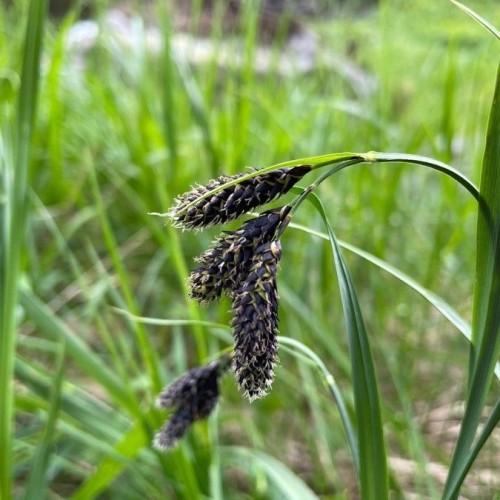
Slough Sedge
Carex obnupta
Also Known As - Tall Basket GrassWatering:
Minimal
Hardiness Zone:
Flowers:
Flowers
Sun:
Sun
Soil:
Sand
Leaf:
Yes
Growth Rate:
Low
Drought Tolerant:
Yes
Salt Tolerant:
Yes
Invasive:
Yes
Care Level:
Medium
watering
Black Alpine Sedge is a drought-tolerant plant species and requires minimal watering. During the spring and summer months, provide water to the plants every 10-14 days or when the soil feels dry to the touch. During the fall and winter months, watering can be reduced to every 1-2 weeks. Aim to water the plants deeply and slowly in order to avoid saturating the soil which can increase the risk of root rot. Make sure to avoid over-watering the plants as this can stunt their growth.
sunlight
Black Alpine Sedge plants prefer full or partial sun and will do best when grown in a location that gets at least 5-6 hours of sunlight per day. They thrive in cooler climates and may perform poorly if grown in warmer regions or in areas exposed to prolonged middle-of-the-day heat. These plants require well-draining soil to prevent waterlogging, so avoid soggy soils.
pruning
Black Alpine Sedge should be pruned in late summer or early autumn, typically starting in the late July or early August. Pruning should aim to remove dead or diseased foliage, as well as any stray branches that are growing outside of the desired shape of the plant. Additionally, pruning should thin out lightly thicker patches to encourage air movement and new growth. Generally, pruning should be light, as this plant does not require a lot of trimming. If desired, a small amount of pruning may also be done in the early spring to further shape the plant.
